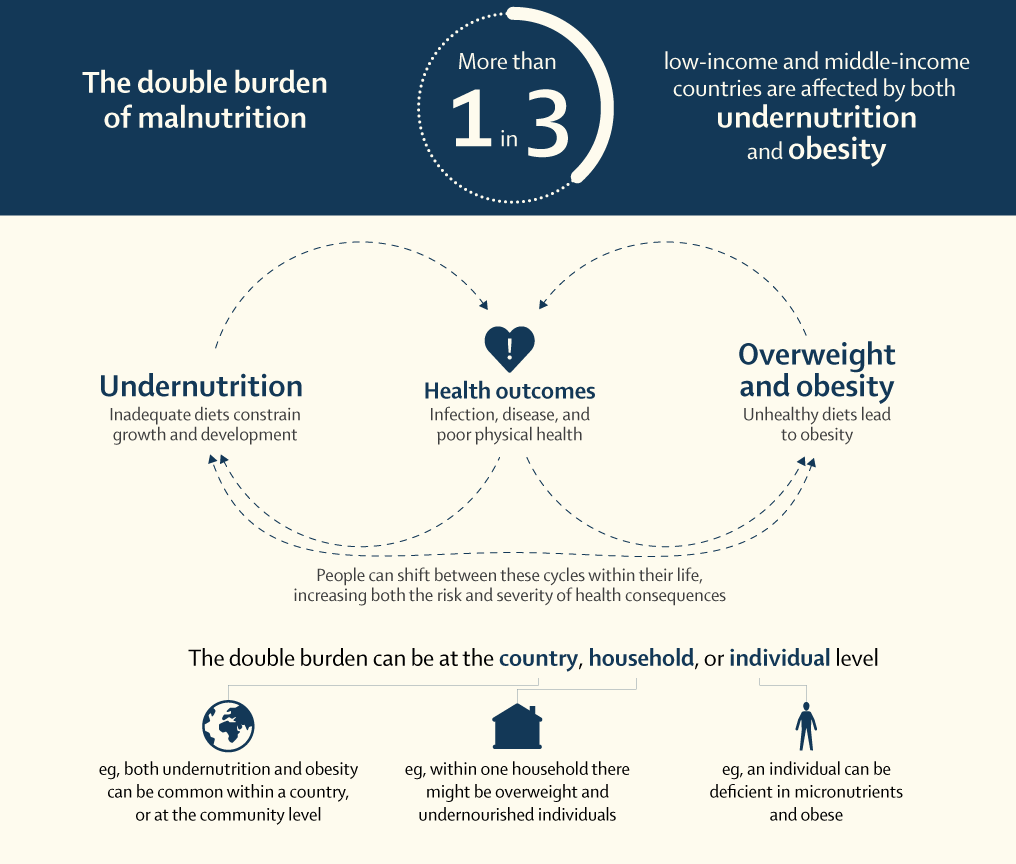Silence. We sit in our houses, in silence, watching the world from afar with only COVID-19 as our silent companion. But this silence isn’t really calming. The silence has an urgency to it. It is loud. And there is only so much silence one can take.
We are seeing the restlessness. We are seeing signs of noise. The world wants to open up and get things moving again. But that is risky. And our companion is keen to stay with us, just sitting in the quiet.
But some things have to move. Like our food system. As precocious Lawrence Haddad wrote:
“Keep the supply of nutritious food moving—and expand the flow. Unlike the 2008-2009 food price crisis, this coming crisis is not one of drought, oil prices, and biofuels. This is a car crash of supply chain logistics.”
Yes, cars crashing. Noisy.
There is also information noise. Some good, and some bad. As science and data emerge, the noise will get filtered out. Until then, we have to adapt to the loud stream of information to find the gems. Here are a few:
The Nutrition Connect has been diligently publishing blogs on food, nutrition, and COVID on a weekly basis. We are up to 21! There have been a few really good papers on the implications of COVID on the food system.
Maximo Torero of FAO published a Nature commentary on food supply chains. He argues that while stocks of food are sufficient, that is quickly changing with food price spikes, food sitting at ports, exports being banned, and dumping of commodities.
Chris Barrett at Cornell University also published an important piece on food shocks. He argues that food supply disruptions must be met with safety nets to ensure that the world avoids catastrophic hunger.
The Economist published an excellent overview of export trade, supply, and demand changes in the food system and what can be done to avert hunger. They argue that trade must stay open and keep food flowing.
Jennifer Clapp points out the inefficiencies and weaknesses of the food system in this short op-ed in the New York Times. She argues, instead, to support local value chains and supply.
The NYT has a well-rounded piece on meatpacking processing facilities and the fall-out of potential large-scale declines in meat production and processing, along with potential positives on the climate.
Yours truly published a piece at Bloomberg Opinion on the challenges and maybe gleams of hope that the continent of Africa has to avoid catastrophic food insecurity.
And then there is the future of restaurants, the places where many of us go to socialize, try new cuisines, and enjoy the fruits of our food system in all its finest glory. A few very thoughtful articles have been published on the future of restaurants and what they will look like (NOT THE SAME, NOT AS MANY, AND NOT AT THE SAME PRICE STRUCTURE…). Some will close their doors, forever. There is that silence again. Here are a few good reads:
The New Order, by Tom Sietsema: “Restaurants can’t possibly return to their old selves, at least not immediately. I imagine fewer tables, longer lines outside restrooms, hand sanitizer where flowers used to be, and shorter menus with fewer contributors.”
As Restaurants Remain Shuttered, American Cities Fear the Future, by Jennifer Steinhauer and Pete Wells: “The danger facing restaurants, which thrive on crowded rooms and get by on razor-thin margins, poses a special threat to small cities and large towns where a robust food culture plays an outsize role in the economy. In places that had been hollowed out by poverty and suburban flight, like parts of Indianapolis, Cleveland, and Detroit, they are engines of growth.”
My Restaurant Was My Life for 20 Years. Does the World Need It Anymore? by Gabrielle Hamilton: “And yet even with the gate indefinitely shut against the coronavirus, I’ve been dreaming again, but this time I’m not at home fantasizing about a restaurant I don’t even yet have the keys to. This time I’ve been sitting still and silent, inside the shuttered restaurant I already own, that has another 10 years on the lease.”
While sitting still and silent may no longer be an option for the global economy (it is imploding on a profound level), nor the food system, if we are to remain viable, we need to support our food system workers, producers, and entrepreneurs. They need personal protection, living wages, and decent work. These buffers will keep economies chugging along, and potentially stave off widespread hunger and malnutrition. Until then, turn it up and bring the noise.

